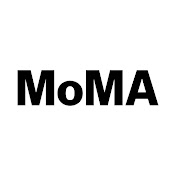
Self-Portrait at Easel
1897
Hippolyte Petitjean
Hippolyte Petitjean (French, 1854–1929)
Drawings
Self-Portrait at Easel, 1897. Hippolyte Petitjean (French, 1854–1929). Conté crayon with charcoal on laid paper; sheet: 62 x 47.7 cm (24 7/16 x 18 3/4 in.). The Cleveland Museum of Art, Leonard C. Hanna, Jr. Fund 2021.6 In this self-portrait, Hippolyte Petitjean depicted himself standing before an easel while gazing directly at the viewer. The drawing is one of five representations of himself that the artist created late in his career based on his admiration for Rembrandt van Rijn. Petitjean was deeply influenced by the anarchist writer Charles-Albert, who argued for the utopian potential of artmaking, suggesting that the work was meant as a broader statement about the place of the artist within contemporary society. Hippolyte Petitjean met the artist Georges Seurat in 1884, and the two worked closely on a distinctive style of drawing using waxy black conté crayon.
- Maker/Artist
- Petitjean, Hippolyte
- Classification
- Drawing
- Formatted Medium
- conté crayon with charcoal on laid paper
- Dimensions
- Sheet: 62 x 47.7 cm (24 7/16 x 18 3/4 in.)
- Inscribed
- Inscription: inscribed, upper right, in conté crayon: HP [artist’s monogram] / 1897; watermark, bottom center: ED & Cie. / PL BAS
- Departments
- Drawings
- Accession Number
Have a concern, a correction, or something to add?













